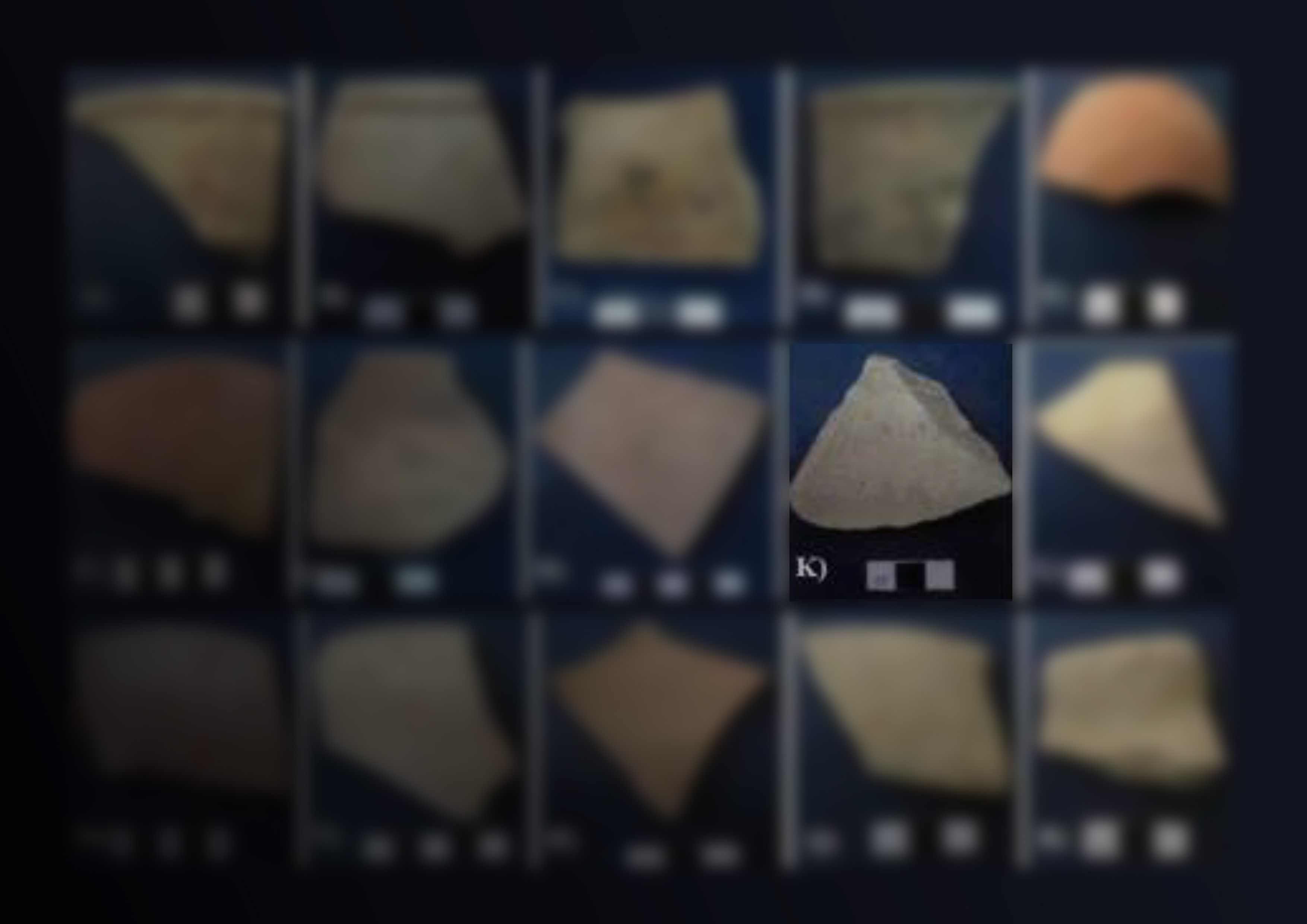By Ahmed Elyamani
ABSTRACT
The Palace of Baron Empain in Cairo is a unique architectural masterpiece of its kind. Edward Empain, a
rich Belgian, built it in 1911 influenced by the architecture of the famous Cambodian temple of Angkor Wat.
The palace is composed of three floors (basement, ground and first) and a roof, it is surrounded by a garden
from all sides. It suffered from neglect for decades, and recently appeared initiatives for its restoration and
re-use. This paper aims to provide a proposal for the re-use of the palace. For this purpose, the palace was
visually inspected and the signs of damage were documentated and explained. A re-use proposal was
developed in which the ground floor is re-used as a small museum after being furnished on the historical
style. The first floor is re-used as a museum and/or a motel. The roof is re-used in holding cultural seminars,
and as a place for distinctive imaging types. The palace garden is to be re-used similar to its historical usage
as an open space for celebrations and parties. The basement is re-used as a service floor for the visitors. To
support this re-use proposal, a 3D numerical model of the palace was created and the new expected loads
were applied on it. It was found that the palace’s walls and foundations can sustain the new loads. The slabs
were found to be unable to sustain the new loads at certain places and further investigation and analysis is
needed to judge its actual capacity.
![]()


